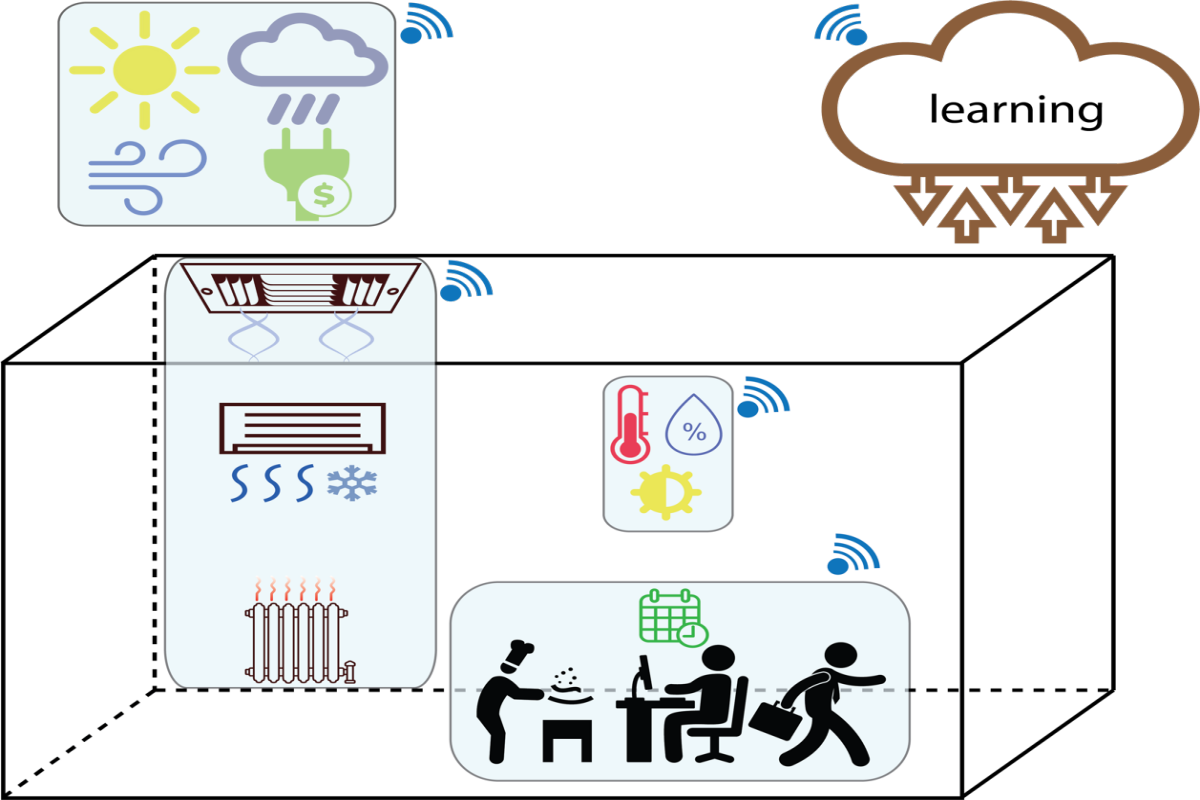
Buildings account for about 40 percent of U.S. energy consumption, and are responsible for one-third of global carbon dioxide emissions. Making buildings more energy-efficient is not only a cost-saving measure, but a crucial climate change mitigation strategy. Hence the rise of “smart” buildings, which are increasingly becoming the norm around the world. Smart buildings automate systems like heating, ventilation, and air conditioning (HVAC); lighting; electricity; and security. Automation requires sensory data, such as indoor and outdoor temperature and humidity, carbon dioxide concentration, and occupancy status. Smart buildings leverage data in…



